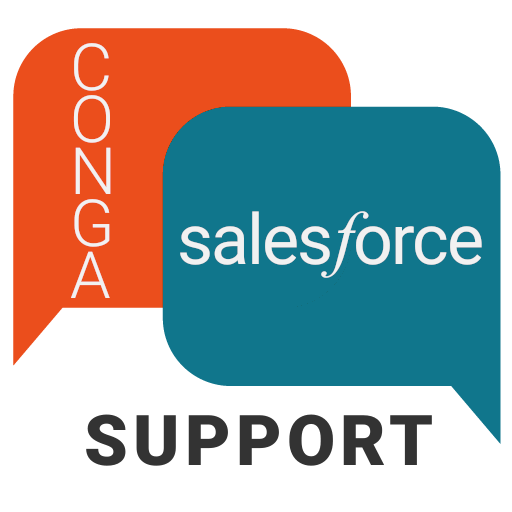Salesforce launches RPM and other care-from-anywhere features
For years, the healthcare system has struggled to catch up with the innovation we were seeing across other industries. The pandemic has forced the industry to accelerate digital transformation and provide the healthcare system with digital-first and always-on patient-focused solutions.
Recently Salesforce Health Cloud introduced a suite of new technologies that have been designed for remote patient monitoring, connected health, medication management and more. The new features streamline the acquisition of patient health metrics through connected medical devices, consolidate patient medication information, protect patient data when accessed by home health care providers and more. The new features are intended to help providers streamline operations and achieve better health outcomes as well as meet patients where they are – at home, at work or on the go.
The Salesforce smartphone app can help patients schedule appointments as they prefer, including a call center option that shows available appointment slots in real time.
LET’S CONNECT

Get Professional Tech Support or Consulting Backed by Years of Experience with Salesforce and Conga Software
We’ll connect ASAP online to talk about what you need in order to grow your organization or business with Salesforce. In our call/meeting, our team can address any immediate needs you have, or we can breakdown how you can start using Salesforce to boost your sales and productivity to and drive real growth.
We are obsessed with winning on behalf and with our clients. Let’s talk about your goals and we will demonstrate how we can conquer Salesforce with custom, tailored solutions.
Or call (512) 827-9092
The New Salesforce Health Cloud Features
A tool called “Remote Patient Exception Monitoring”, is designed to enable the remote collection of patient physical data, such as vital signs, without having to bring patients into the office. It allows providers to set target metrics for patients, charting a course of engagement in real time with connected medical devices, and to connect with patients from a single dashboard.
Salesforce’s “Intelligent Appointment Management” is meant to help patients schedule appointments on their computers or mobile devices. By choosing a call center option, the scheduler is able to initiate available appointment slots in real time for the patient to choose from. Pre-visit questionnaires can also be sent to the patient to streamline the check-in process for patients.
Its medication-management tool offers a consolidated list of patient medications for pharmacists, clinicians and other providers to view and manage. The tool also integrates with RxNorm to link clinical drug vocabularies across multiple pharmacy management and drug interaction platforms.
Meanwhile, the company says expanded HIPAA compliance in Salesforce Maps can help home patient-care providers to plan their visits, optimize their schedules and review patient data. When placing orders for medicine, home health products and more, caregivers can set permissions around certain pieces of patient information on a need-to-know basis with suppliers and distributors.
Salesforce Health Cloud Trends
More care-at-home options, the desire to have care delivery in nontraditional settings and the COVID-19 pandemic are driving healthcare innovations. The most advanced health systems recognize population trends and are implementing remote patient monitoring to address chronic care and support the Triple Aim. With half the U.S. population being managed for chronic diseases, Remote Patient Monitoring is a necessary innovation that will reduce healthcare costs with more timely and efficient care.
Hospital care is driving high costs in healthcare, so obtaining patient-reported and biometric data remotely can reduce avoidable hospital visits, delay disease progression and lower treatment costs. To reduce administrative costs and missed appointments, innovations that ease the process of making appointments and streamline patient information, like medication and unique health requirements, have the potential to achieve greater healthcare affordability and better patient experiences and outcomes.